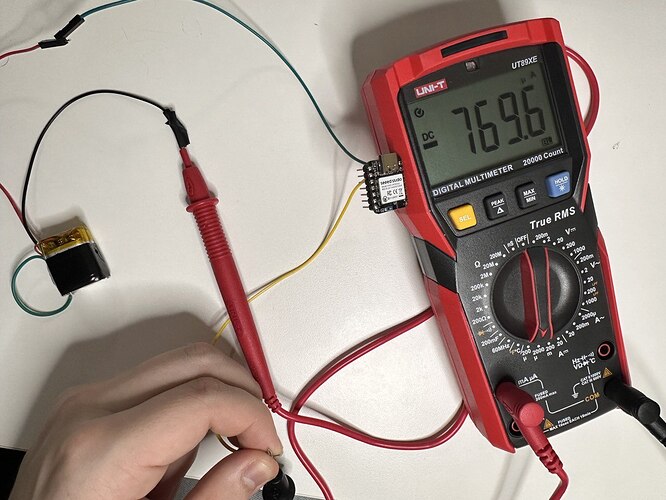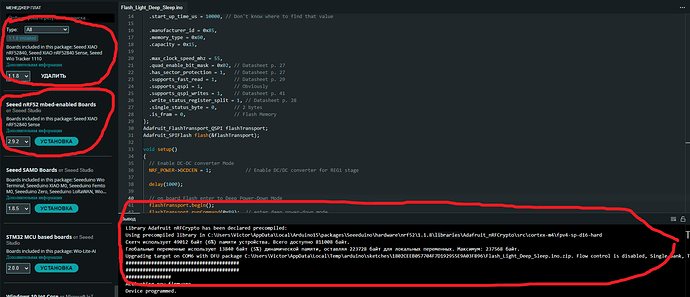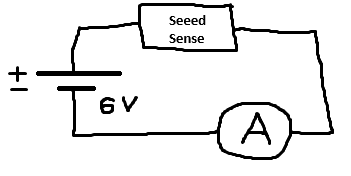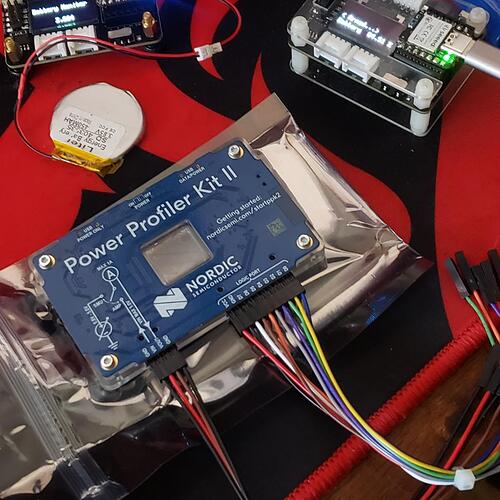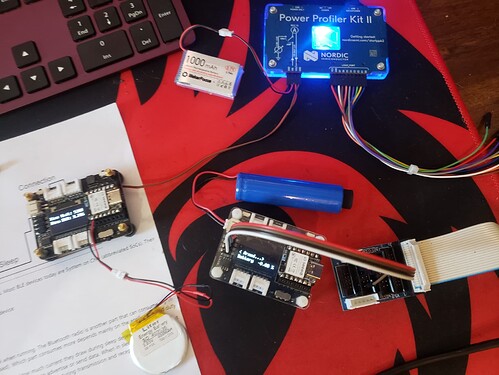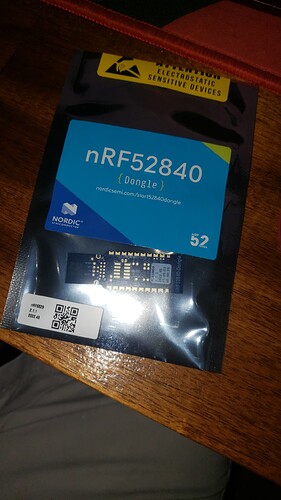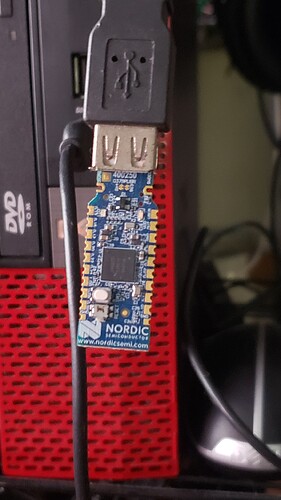Hello.
I bought Seeed XIAO BLE Sense nRF52840 and I’m trying to understand how to switch it to deep sleep mode. On Wiki I read, that I should use this code:
// The MIT License (MIT)
// Copyright (c) 2019 Ha Thach for Adafruit Industries
#include "SdFat.h"
#include "Adafruit_SPIFlash.h"
// Uncomment to run example with custom SPI and SS e.g with FRAM breakout
// #define CUSTOM_CS A5
// #define CUSTOM_SPI SPI
#if defined(CUSTOM_CS) && defined(CUSTOM_SPI)
Adafruit_FlashTransport_SPI flashTransport(CUSTOM_CS, CUSTOM_SPI);
#elif defined(ARDUINO_ARCH_ESP32)
// ESP32 use same flash device that store code.
// Therefore there is no need to specify the SPI and SS
Adafruit_FlashTransport_ESP32 flashTransport;
#else
// On-board external flash (QSPI or SPI) macros should already
// defined in your board variant if supported
// - EXTERNAL_FLASH_USE_QSPI
// - EXTERNAL_FLASH_USE_CS/EXTERNAL_FLASH_USE_SPI
#if defined(EXTERNAL_FLASH_USE_QSPI)
Adafruit_FlashTransport_QSPI flashTransport;
#elif defined(EXTERNAL_FLASH_USE_SPI)
Adafruit_FlashTransport_SPI flashTransport(EXTERNAL_FLASH_USE_CS, EXTERNAL_FLASH_USE_SPI);
#else
#error No QSPI/SPI flash are defined on your board variant.h !
#endif
#endif
Adafruit_SPIFlash flash(&flashTransport);
/* If you want to use a specific flash device, for example for a custom built board, first look for it in Adafruit_SPIFlash\src\flash_devices.h
* If it isn't in there you need to create your own definition like the W25Q80DLX_EXAMPLE example below.
* These definitions need to be edited to match information on the data sheet of the flash device that you want to use.
* If you are not sure what the manufacture ID, memory type and capacity values should be, try running the sketch anyway and look at the serial output
* The flash device will report these values to you as a single hexadecimal value (the JDEC ID)
* For example, the first device on the list - the W25Q80DLX - will report its JDEC ID as 0xef4014, which is made of these three values:
* manufacturer_id = 0xef
* memory_type = 0x40
* capacity = 0x14
* With this macro properly defined you can then create an array of device definitions as shown below, this can include any from the list of devices in flash_devices.h, and any you define yourself here
* You need to update the variable on line 71 to reflect the number of items in the array
* You also need to uncomment line 84 and comment out line 81 so this array will be passed to the flash memory driver.
*/
//Example of a user defined flash memory device:
//#define W25Q80DLX_EXAMPLE \
// { \
// .total_size = (1 << 20), /* 1 MiB */ \
// .start_up_time_us = 5000, .manufacturer_id = 0xef, \
// .memory_type = 0x40, .capacity = 0x14, .max_clock_speed_mhz = 80, \
// .quad_enable_bit_mask = 0x02, .has_sector_protection = false, \
// .supports_fast_read = true, .supports_qspi = true, \
// .supports_qspi_writes = false, .write_status_register_split = false, \
// .single_status_byte = false, .is_fram = false, \
// }
/*
* Create an array of data structures and fill it with the settings we defined above.
* We are using two devices, but more can be added if you want.
*/
//static const SPIFlash_Device_t my_flash_devices[] = {
// W25Q80DLX_EXAMPLE,
//};
/*
* Specify the number of different devices that are listed in the array we just created. If you add more devices to the array, update this value to match.
*/
//const int flashDevices = 1;
#include <bluefruit.h>
void setup()
{
flash.begin();
Bluefruit.begin();
if(flash.deepPowerDown() == false){
pinMode(LED_BUILTIN, OUTPUT);
digitalWrite(LED_BUILTIN, LOW);
while(1)
{
yield();
}
}
flash.end();
sd_power_system_off();
}
void loop()
{
// nothing to do
}
As I understand, this code for old versions and now it doesn’t work. So please help me figure out how can I activate deep speed mode?
I tried juse use:
NRF_POWER->SYSTEMOFF = 1;
But it doesn’t work (current around 5-6 mA, I expect < 20 mkA).
Thanks for help!
